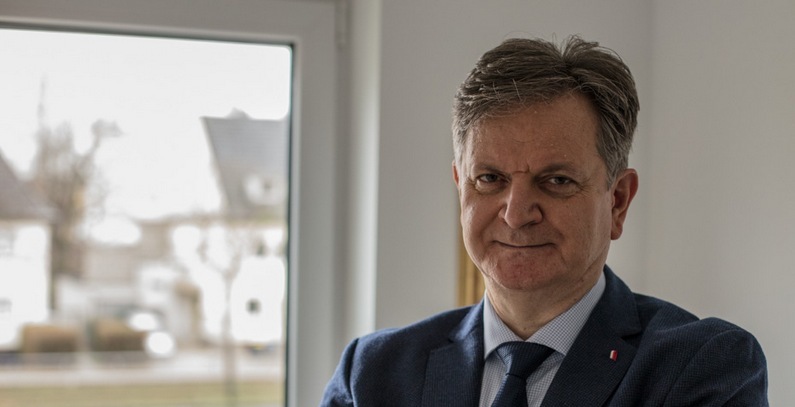
Author: Mirza Kušljugić, Faculty of Electrical Engineering, University of Tuzla
Conventional electric power systems, which are based on the use of fossil fuels, are unsustainable in the long term, primarily due to their adverse climate change impact. For this reason, the collective efforts by the international community formulated in the Paris climate agreement, are aimed at decarbonization (energy transition) in the period until 2050. In the near future (beyond 2030 in the EU), the largest share of electricity will be produced at solar photovoltaic (PV) and wind power plants. Therefore, energy transition is an inevitable and desirable process.
Energy transition is based on the governments’ strategic commitments, primarily in the countries that are leaders in transition. Decarbonization is not the dominant paradigm in Energy Community (EnC) Contracting Parties, whose development plans still rely on fossil fuels. The key obstacle to energy transition in the EnC is the concept of political economy (designed in the 1970s), where energy production is based on generation at thermal power plants (TPP) from locally available coal.
The political economy of energy transition
Besides climate and ecological benefits, the long term goal of energy transition is to generate economic advantages as well.
However, energy transition, as any other radical shift in the economic paradigm, implies a redistribution of resources among competing economic and political actors (between and within countries), producing “losers” and “winners” with different degrees of political and economic influence.
The transition process itself involves building a consensus around energy policies between the above mentioned groups with conflicting interests. To change the conventional energy paradigm, it is necessary to identify development opportunities that will justify the implementation of the complex and radical process of transformation.
Is energy transition a development opportunity in the Western Balkans?
Since there is no “recipe” for a successful implementation of energy transition, each country has to define its own vision, objectives, and strategies to implement this process.
Currently, energy transition in the EnC Contracting Parties is being implemented mostly for the purpose of harmonization with the EU’s energy and climate policies required in the EU accession process. The consequence of this is the absence of a vision of the energy sector development (e.g. until 2050).
The main reason for such a situation is the governments’ reluctance to accept the inevitability of the power sector decarbonization and identify economic opportunities offered by this process accordingly.
Decarbonization process must involve programs of “just transition”
There are numerous examples of countries[1] which have successfully transformed their power generation systems, initiating a new development cycle based on the fourth industrial revolution – the ongoing radical shift in the economic paradigm based on digitalization, decarbonization, automation, and the application of artificial intelligence.
Certain countries[2], however, have significant problems accepting and implementing the power sector decarbonization.

If decarbonization is narrowly viewed as substituting fossil fuels (e.g. lignite) with renewable energy sources, the transition process adversely affects employment and economic activity in the regions that predominantly depend on the exploitation and the use of fossil fuels.
This poses the biggest obstacle to making a political decision on a planned decarbonization of power systems. For this reason, the decarbonization process must involve programs of “just transition.”
If transition implies energy efficiency and digitalization of the power systems, it opens up numerous development opportunities.
Why is regional cooperation important for a successful electric power system transition?
Electricity generation from solar and wind energy is temporally variable and intermittent, which makes power system balancing more difficult.
The variability of these renewable energy sources is reduced with the expansion of the area where they are installed. For this reason, the balancing is more economical if it is carried out in a larger area, which is achieved by connecting national markets.
The integration of variable renewable energy sources requires increased flexibility, primarily of the generation portfolio.
Region could become an exporter of balancing services, particularly to countries of Central Europe
In the EC region, hydropower plants (HPPs) represent a significant flexibility resource. In the future, flexibility can be provided by electric heating systems as well (e.g. heat pumps and flexible cogeneration plants).
If each of the EC countries implements energy transition successfully, it will create an opportunity for the region to become an exporter of balancing services, particularly to countries of Central Europe.
A past experience that points to this possibility is this region’s successful energy exchange (mainly based on the flexibility of HPPs) with Central European countries in the 1970s and 1980s, organized within the association of the power utilities of Yugoslavia (JUGEL)[3].
The upcoming drafting of national energy-climate plans provides an opportunity to plan the realization of such development opportunities as well.


















Be the first one to comment on this article.